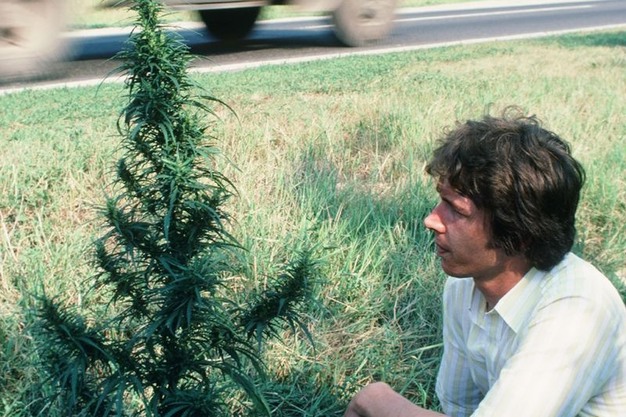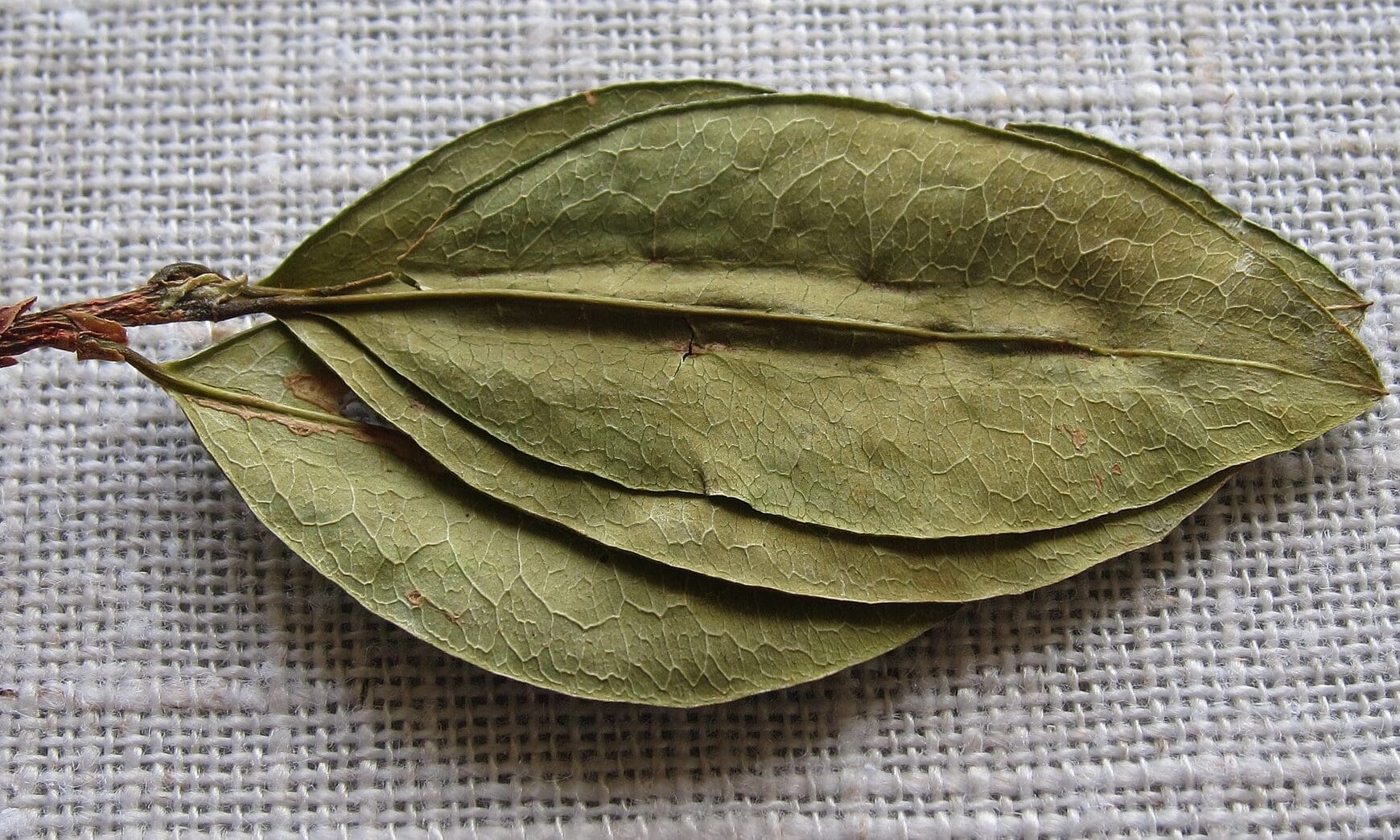A Missouri campaign will be sent to a situation within a few days The 2026 voting initiative aims to unify the Kalamua and Marijuana regulationsCreating a parity between two cannabis industries, a renewed license system and legislative authority to change legislative laws.
“It’s reality, the plant is the same,” Eap Thappy, who coordinates Missouri for a single market campaign, said Marijuana at the moment. “It should be regulated in a fashion.”
“Part of this is to ensure that Kalamua is regulated and protected, and Marijuana has fallen to the free market, to be able to produce and sell it,” he said.
Not everyone in the space of cannabis, however, was argued that at least the Missouri Marijuana Association of Industry, while the “repealing” would be “abolition” to accept voters, especially while the hemp market was beneficial.
Thampy, on the other hand, said there are motivations to drive two motivations behind the initiative.
First, the current cannabis system of Missouri is “broken and damaged,” he said, if he left a lot of requests without a request, without making proper transparency.
Second, the initiative is equal to the field of game between Marijuana and Kalamu Markets. The first “he wanted to” want to “obtain the voter from a measured legalization, Thampy said, and they also worked to carry out legislation that weakens hemp businesses.
Voting voters in 2022 spent the regulations of the State Constitution to legalize the law of Marijuana by removing the ability to carry out some legislative adaptations. The coalition behind the next initiative aims to play a large part of that language and instead of legislators must provide constitutional authority to develop the rules of themselves.
While participating last week, the organizers of the new efforts of the initiative explained the next steps of the campaign. After submitting the state office secretary, it is expected within days, there will be a 50-day review process and officials can ensure the language and clear advocates for signature session.
The plan is to gather about 300,000 signatures of registered voters, starting in mid-October. It should be worth 180,000 to ensure the location of the votes with specific conditions for signing thresholds from the State Congress districts.
From mid-July, Missourians for a single market new In contributions to effort for $ 6,000, according to the Missouri Ethics Committee.
“This process is a horrible logistical task,” if the initiative is “quite simple,” said at the meeting.
“If we succeed, the sketch of our language is similar to the license system similar to tobacco and alcohol. “We protect them for existing businesses, so we ensure that existing kalamu and marijuana businesses can take part in the licenses without jumping without extra hoops and barriers.”
“Here, in the state of Missouri, we already regulate pharmacies, we already regulate alcohol, we already regulate the tobacco and know how to make things like age gatina,” he said.
“This proposal is: Let’s regulate it very similar to the spectrum of alcohol and tobacco from your bars and restaurants from your comfort stores, gas stations, grocery stores, and market retail establishments for your independent users.”
He said, according to today’s rules, there is a limited number of marijuana dispensers throughout the state, which does not meet the demand for consumers, to drive for a few hours to reach the authorized retail trade.
Moreover, with the regulations on the marijuana side, you are talking about limited selection of products with great costs, “Thampy argued.
It is a unique policy among the provisions of the next initiative that people could only grow his cannabis in its private residence, but selling the product directly to other adult consumers or outlets, through a regulated path that tests.
“We want to expand and protect each adult’s ability to grow their cannabis and process their use,” Thampy said.
Other provisions based on the initiative except Marijuana doctor.
He decided to retreat against critics in marijuana industry, “it is not remarkable”.
“It is a strategy that can be said, which is a market share, but to leave out of business or change their business significantly, referring to the owners of hemp businesses attending the meeting. “So people in your shoes and your business saves people and your business incredibly and create a free, unified, straightforward and direct market for your products.
The current system “now isn’t really a monopoly right now, but it’s very close,” Johnson said. “Technically called Oligopoly, players with similar products and services that own market products, and create obstacles for everyone else. They want to capture it in the market and market only for other people.
These comments were given answers to a local proposal from Saint Louis County Intoxication of hemp products could only be sold in the dispensers of the doctors of the jurisdiction. This bill stopped at a final meeting.
–
Marijuana is a moment Monitoring of hundreds of cannabis, psychedelic and drug policy invoices This year’s state legislatures and congresses. Patreon supporters At least $ 25 / monthly enter our interactive maps, graphs and listening to the listening calendar, so they do not lose development.
Learn more about us Marihuana Bill Tracker and become Assistant Patreon to get access.
–
Andrew Mullins said the executive director of Munjuanntrade in June, as a result of June, “Missouri’s voting population has been approved by the population of the pipe”, referring to medical and adult use measures.
“Missouri’s degree, regulated marijuana industry created $ 241 million last year in State and local tax entries and is rounded throughout the country,” said at the time.
Completely changing the State Canaving Policy “would be a spectacular failure, especially those who are financed by bad unregulated cannabis actors who are sold abroad in gas stations and smoke stores,” Mullins argued. “Missourians are not from local communities, veterans and hundreds of billion from the justice system, in the expectations that politicians will eventually replace something on the road. The voters of the show are very intelligent, and change.”
Meanwhile, Missouri’s hemp market has higher pressure in the state, such as officials such as cannabis products, such as marijuana program. State chief law A dozen of business made in June has sent a continuous orders in JuneThe threat of legal measure for non-compliance companies.
Legislators have planned multiple approaches, what kind of product types of different authorized details and what limits would be established in products.
In February, legislation Allows low-dose hemp drinks to continue selling In food and liqueur stores, the committees at home and Senate were informed in the right way, but they did not have law.


 Cannabis News4 months ago
Cannabis News4 months ago
 Florida4 months ago
Florida4 months ago
 Canadian Cannabis News4 months ago
Canadian Cannabis News4 months ago
 Video4 months ago
Video4 months ago
 Best Practices4 months ago
Best Practices4 months ago
 Video4 months ago
Video4 months ago
 Cannabis News4 months ago
Cannabis News4 months ago
 Cannabis News4 months ago
Cannabis News4 months ago





















